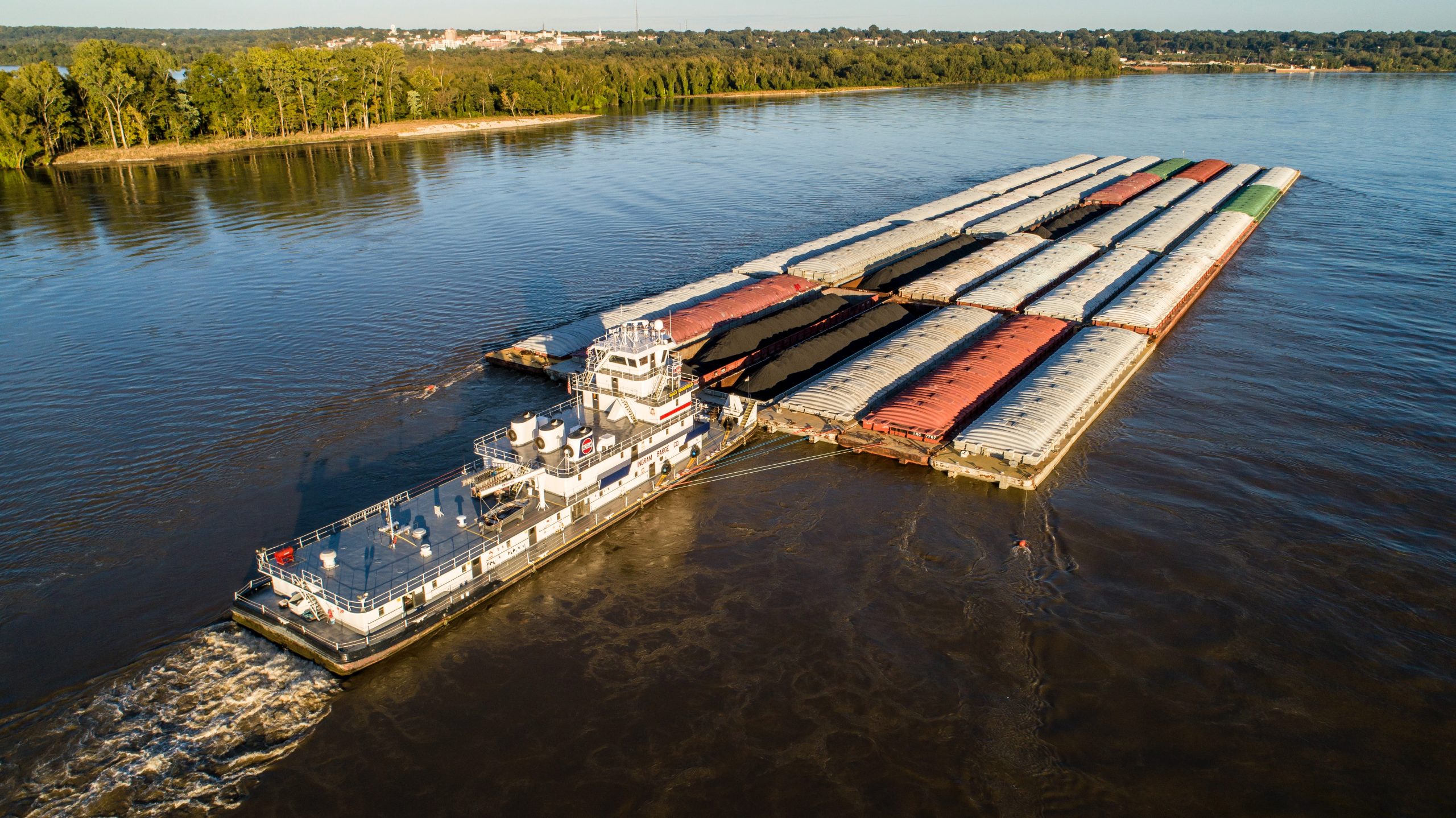Table of Contents
ToggleIntroduction
The Ohio River is an important shipping route for businesses across the United States. However, recently, several barges broke loose from their tugboats and became pinned against the McAlpine Dam, causing concerns about the safety of the river and the materials on the barges. One of the barges was carrying methanol, a toxic and flammable substance. In this article, we will explore the situation in detail and discuss the potential risks and consequences.
What Happened on the Ohio River?
On March 28, 2023, multiple barges became loose on the Ohio River near Louisville, Kentucky, after their tugboats lost control due to strong currents and high winds. The barges, including one carrying methanol, drifted downstream and eventually became pinned against the McAlpine Dam. The dam is designed to regulate water levels and prevent flooding, but it also poses a risk to vessels that get too close.
The incident caused a significant disruption to shipping traffic on the river, as authorities closed the area to allow for the safe removal of the barges. The U.S. Coast Guard and local emergency responders worked together to secure the barges and prevent any spills or other environmental hazards.
What Is Methanol and Why Is It Dangerous?
Methanol is a colorless, volatile, and toxic liquid that is commonly used as a solvent, fuel, and antifreeze. It is also used in the production of formaldehyde and other chemicals. Methanol is highly flammable and can easily ignite when exposed to heat, sparks, or flames. It can also release toxic fumes when heated or burned.
Methanol is dangerous to humans and animals if ingested or inhaled, as it can cause blindness, liver damage, and other serious health problems. It is also harmful to the environment if released into waterways, as it can contaminate the water and kill aquatic life.
What Are the Risks of Loose Barges on the Ohio River?
The loose barges on the Ohio River pose several risks to the safety of the river and the communities that rely on it. If the barges were to break apart or spill their contents, it could cause a major environmental disaster. Methanol is just one of many hazardous materials that are transported on the river, including chemicals, fuels, and other flammable substances.
In addition to the potential for spills or leaks, loose barges can also create navigation hazards for other vessels, including commercial and recreational boats. The McAlpine Dam is one of several obstacles on the Ohio River that require careful navigation, and a collision with a loose barge could cause significant damage or even sink a vessel.
What Is Being Done to Address the Situation?
The U.S. Coast Guard and local authorities are working to remove the loose barges from the Ohio River and prevent any environmental or safety hazards. The McAlpine Dam has been closed to allow for the safe removal of the barges, and the Coast Guard is conducting an investigation into the incident.
In the meantime, businesses and communities that rely on the Ohio River are closely monitoring the situation and taking precautions to minimize any potential risks. The incident has highlighted the importance of safety measures and emergency preparedness for shipping and transportation on the river.
Conclusion and Way Forward
In conclusion, the issue of loose barges on the Ohio River is a serious concern that demands immediate attention from authorities and stakeholders. The recent incident involving barges carrying methanol highlights the potential risks posed by unsecured barges, including environmental contamination, property damage, and loss of life.
While the exact cause of the recent incident is still being investigated, it is clear that more needs to be done to prevent similar incidents in the future. This includes improving regulations and guidelines for barge transportation, implementing stricter safety standards, and increasing investment in infrastructure and technology to prevent and mitigate accidents.
Furthermore, stakeholders and the public should be informed and educated about the potential risks of loose barges and the importance of responsible and safe barge transportation. This can be achieved through community outreach programs, awareness campaigns, and collaboration with local organizations and government agencies.
Overall, the incident involving loose barges on the Ohio River highlights the need for a coordinated and proactive approach to barge transportation safety. It is imperative that all stakeholders work together to prevent similar incidents and ensure the safety and well-being of the communities that rely on the river for their livelihoods and quality of life.







